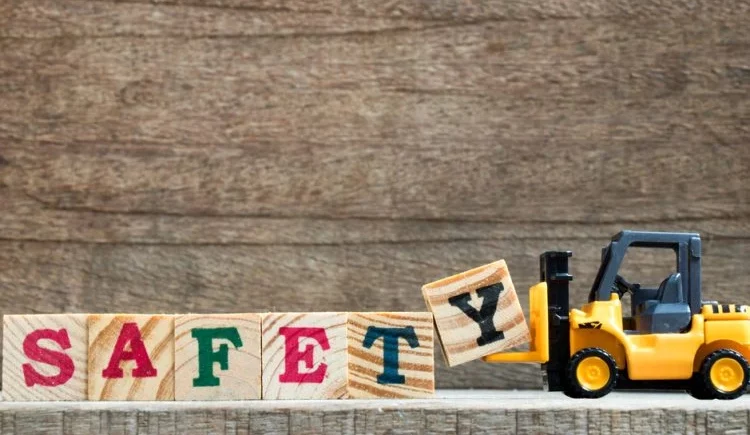Forklifts are essential equipment in various industries, including manufacturing, construction, and warehousing. They are designed to move heavy loads easily, but they can also pose significant safety risks if not used correctly. In the US, forklift accidents cause around 85 fatalities and 34,900 serious injuries each year, according to the Occupational Safety and Health Administration (OSHA). Therefore, it is crucial to follow guidelines for forklift safety to prevent accidents and protect workers.


